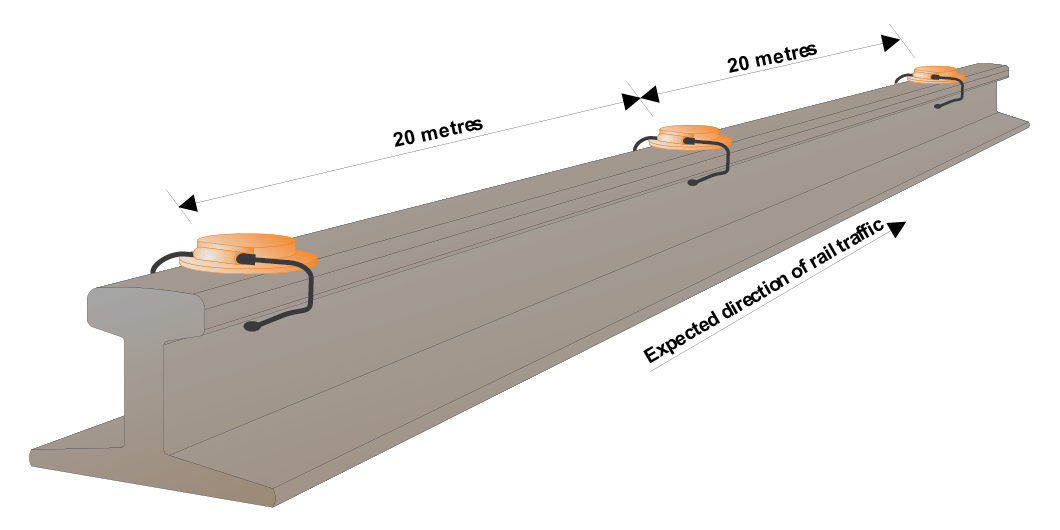Description
This document describes the procedure for using Railway Track Signals.
Not what you are looking for? See more Procedures
Introduction
Railway track signals are used to warn Drivers and Track Vehicle Operators. The number of railway track signal explosions indicates what Drivers and Track Vehicle Operators must do.
Except in emergencies, railway track signals must be used only by Qualified Workers.
Interpreting railway track signals
| Number of explosions | Drivers and Track Vehicle Operators response |
|---|---|
One | Sound one long whistle. Reduce speed. Look for any warning signals. |
Two | Sound one long whistle. Immediately reduce speed to 25km/h. Be prepared to stop short of obstructions. |
Three | Sound one long whistle. Stop immediately. |
Placing railway track signals
Unless there is no practicable alternative, railway track signals must not be used:
- underground, or
- in tunnels, or
- in steep-sided cuttings.
Railway track signals must never be used within 20m of workers or a passenger platform.
Qualified Worker
- Verify the correct location and line to place railway track signals.
- Place railway track signals on the right-hand rail in the expected running‑direction of rail traffic.
- If using more than one railway track signal at a location, place the railway track signals 20m apart.
- If used at a fixed signal, STOP sign or BLOCK POST sign and unless specified in another Network Rule or Network Procedure, the first railway track signal must be placed within 20m beyond the fixed signal, STOP sign or BLOCK POST sign.
- Place railway track signals centrally on the railhead. Face the railway track signal clasps towards the expected direction of rail traffic approach.
- Bend the clasps around the railhead.
Storing railway track signals
Qualified Worker
- Return unused railway track signals to their plastic containers.
- Keep packaged railway track signals in a secured place.
- Keep the door of the storage location locked when the location is unattended.
Do not use railway track signals after their expiry date.
Dealing with failed railway track signals
If railway track signals do not explode when run over by rail traffic:
- leave failed railway track signals on the rail, and
- report the failure immediately to a supervisor, and
- if necessary, fix new railway track signals on the railhead.
